Postcards
Even more postcards :-) Let's stay in the north for a while ...
Steinhude, a part of the small town of Wunstorf (about 20 km from Hanover)will be the most famous for the Steinhude Lake which has a quite more impressive name in German: "Steinhuder Meer" (Meer = Sea/Ocean). It has an island with a small castle called "Festung Wilhelmstein". Steinhude Lake is a very popular vacation spot for people from the area around.
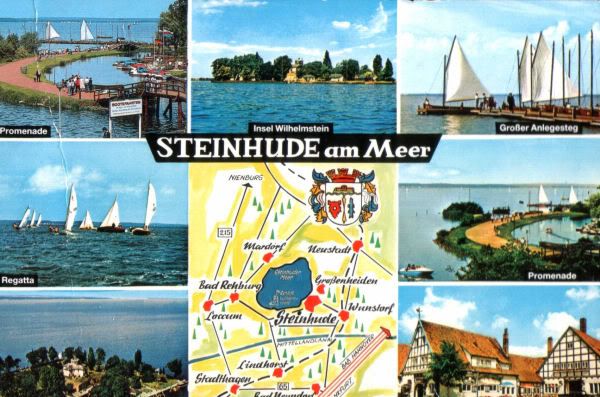
Next one is the Island of Amrum which is one of the North Frisian Islands on the coast of Schleswig-Holstein. Amrum has an area of only km² and a population of about 2,400. Amrum only has one main road. Wittdün is the main village with the ferry port.
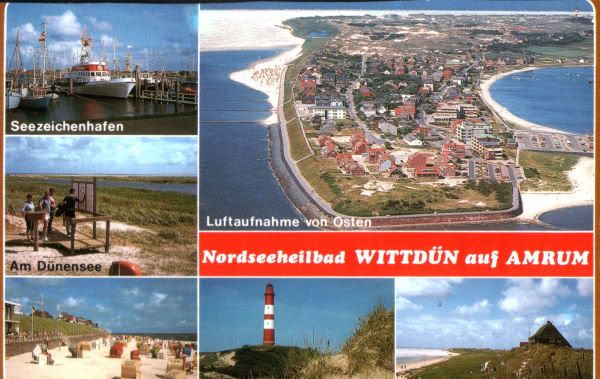
Büsum is a rather small fishing and tourist town at the coast of Schleswig Holstein and lies exactly at 0 feet, so basically the same level as the sea.
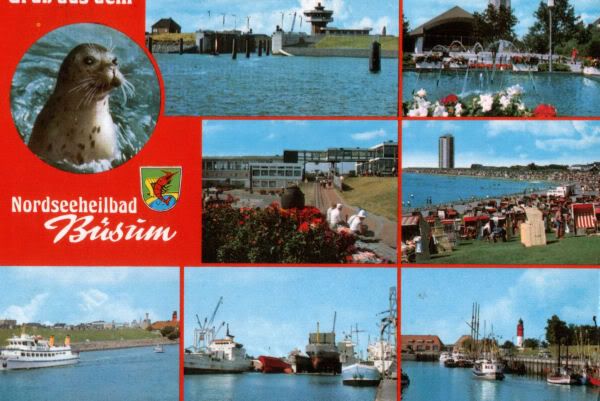
Lübeck is the second largest town of Schleswig-Holstein - with the beautiful town of Kiel being the biggest one - and one of the major ports of Germany. For several centuries it was the "capitel" of the Hanseatic League. It's borough of Travemünde is a sea resort. Lübeck's Holstein Gate (upper left part of the card) is printed on the 2006 special edition of the German 2 Euro coin.
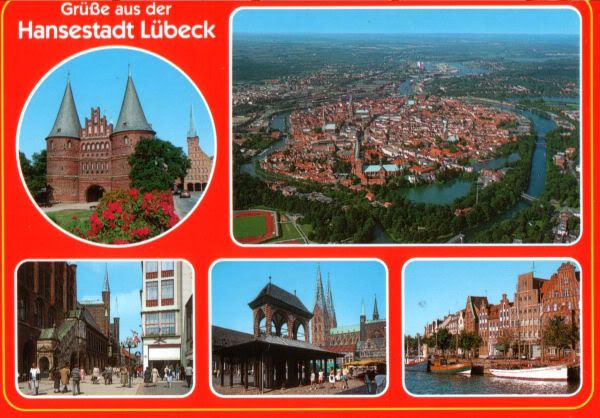
Fehmarn is another one of the german islands, this time located in the Baltic Sea while all the other islands I showed you up to now are surrounded by the North Sea. Fehmarn is only 18 km south of the Danish island Lolland. A 963 metre long suspension bridge connects Fehmarn with the German mainland.
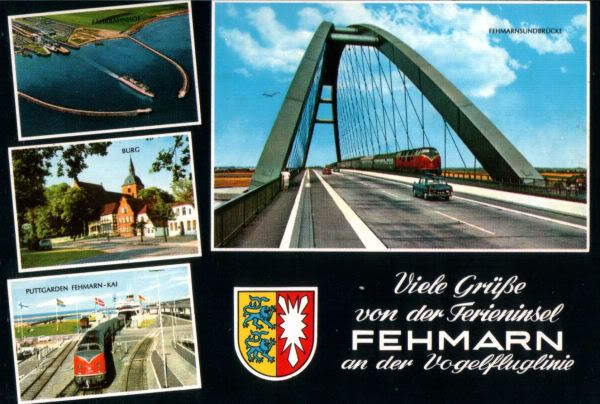
Husum is another city in Schleswig-Holstein, at the western coast of the federal state, 139 kilometres north-west from Hamburg. Husum is most famous for being the birthplace of Theodor Storm, a very well known novelist. You might know "The Dykemaster" ("Der Schimmelreiter").
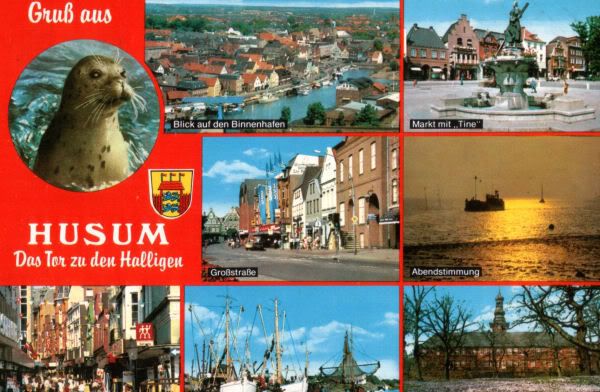
The last place to 'visit' for today is Mölln, another town in Schleswig-Holstein. Which is no surprise :-) Mölln is surrounded by several small lakes and the Elbe-Lübeck-Canal flows through the town. Mölln has been founded back in the 12th century. Mölln calls itself Eulenspiegel town, due to Till Eulenspiegel (a trickster originated folklore) who is said to have died in Mölln in 1350.
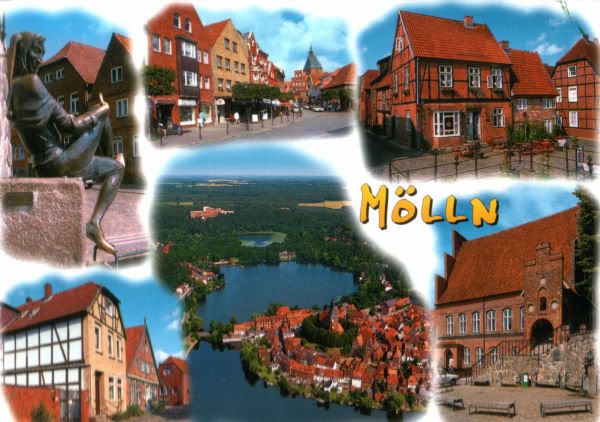
Steinhude, a part of the small town of Wunstorf (about 20 km from Hanover)will be the most famous for the Steinhude Lake which has a quite more impressive name in German: "Steinhuder Meer" (Meer = Sea/Ocean). It has an island with a small castle called "Festung Wilhelmstein". Steinhude Lake is a very popular vacation spot for people from the area around.

Next one is the Island of Amrum which is one of the North Frisian Islands on the coast of Schleswig-Holstein. Amrum has an area of only km² and a population of about 2,400. Amrum only has one main road. Wittdün is the main village with the ferry port.

Büsum is a rather small fishing and tourist town at the coast of Schleswig Holstein and lies exactly at 0 feet, so basically the same level as the sea.

Lübeck is the second largest town of Schleswig-Holstein - with the beautiful town of Kiel being the biggest one - and one of the major ports of Germany. For several centuries it was the "capitel" of the Hanseatic League. It's borough of Travemünde is a sea resort. Lübeck's Holstein Gate (upper left part of the card) is printed on the 2006 special edition of the German 2 Euro coin.

Fehmarn is another one of the german islands, this time located in the Baltic Sea while all the other islands I showed you up to now are surrounded by the North Sea. Fehmarn is only 18 km south of the Danish island Lolland. A 963 metre long suspension bridge connects Fehmarn with the German mainland.

Husum is another city in Schleswig-Holstein, at the western coast of the federal state, 139 kilometres north-west from Hamburg. Husum is most famous for being the birthplace of Theodor Storm, a very well known novelist. You might know "The Dykemaster" ("Der Schimmelreiter").

The last place to 'visit' for today is Mölln, another town in Schleswig-Holstein. Which is no surprise :-) Mölln is surrounded by several small lakes and the Elbe-Lübeck-Canal flows through the town. Mölln has been founded back in the 12th century. Mölln calls itself Eulenspiegel town, due to Till Eulenspiegel (a trickster originated folklore) who is said to have died in Mölln in 1350.
